Drones
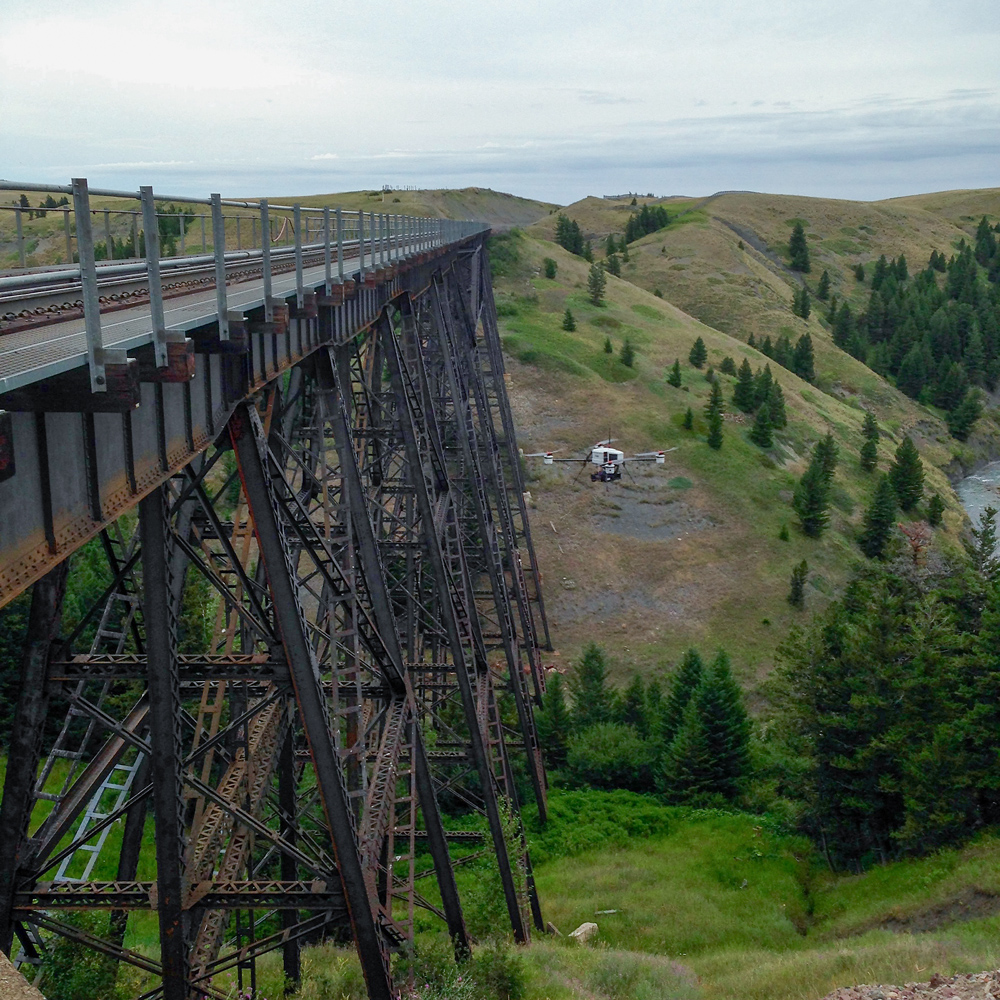
With artificial intelligence growing at breakneck speed, businesses worldwide are experimenting with drone technology. No longer just a topic for science fiction, the use of drones has expanded rapidly over the last decade in a wide range of industries, including railroading.
In the 2010s, Class I railroads gradually embraced the use of drones within the operator’s sight (known as visual line of sight, or VLOS) for tasks like inspecting tracks, bridges, and other rail infrastructure. Today, drones work alongside railroad employees completing job functions that are transforming the industry into a faster, safer, and more sustainable line of work.
Planting the seed
Unmanned (or uncrewed) aerial vehicles (UAVs) — aka drones — are everywhere. They perform military surveillance to railroad bridge inspections to delivering packages. They can provide advanced photogrammetry, sensors, lidar, thermal cameras, and more. Given a UAV’s capability to be piloted remotely, operators (or pilots) can be essentially anywhere. With proper certification and regulatory permissions, an operator can fly a drone from a work station in a different state.
According to the Association of American Railroads, more than 61,000 Class I bridges in the U.S. are manually inspected every year for defects and structural integrity, and inspectors have roughly 140,000 miles of rail network to cover. Drones are used daily on some railroads for duties that not only increase efficiency and accuracy but also enhance safety.
As of June 2024, there are more than 782,000 registered drones in the U.S. — roughly 400,000 for recreational use and 383,000 for commercial. According to Rick Breitenfeldt, a Federal Aviation Administration spokesman, that is more than three times the number of registered traditional aircraft. “By 2028, we forecast that there could be more than 3 million commercial and recreational drones, and more than 472,000 remote pilots,” he says.
Watching it grow
BNSF Director of Technology Services Todd Graetz has watched the railroad’s drone operation, the Uncrewed Aerial Services (UAS) program that he co-founded, expand over time.
In 2013, the program was born under BNSF’s then-CEO Matt Rose, who had seen a YouTube video of a FPV (first-person view) pilot flying a drone around Cajon Pass. Sparking his interest, he engaged his technical team to further investigate.
So a 90-day assignment was created for Graetz to spearhead BNSF’s drone program. Under Graetz’s leadership, BNSF had to decide how this technology would be used to inspect/look at infrastructure. “I guess I’m famous around the company for saying that there was no way I was gonna let that be a 90-day assignment,” he says. The project has not just exceeded those 90 days — it reached its 10-year mark late last year.
“There was actually a fair amount of people that thought it was a gargantuan waste of time,” he continues. Disagreeing completely, Graetz says, “I immediately went out and started buying mail-order, self-built drone kits — horribly unreliable and terribly cheap — but they proved the concept … They were a GoPro camera with propellers.”
After proving there feasibility, Graetz says BNSF began using drones in 2014 to collect important data. The long-term goal was to expand this small-scale endeavor into one that could examine thousands of miles of track — something not then possible.
“Up until that point, there were no commercial rules that allowed commercial use of drones of any kind,” says Graetz. So in May 2015, the FAA and BNSF teamed up for research purposes. Through the FAA’s Pathfinder Program [see “BNSF takes to the sky with drones …,” Trains News Wire, Nov. 14, 2018], BNSF was permitted to test drones beyond visual line of sight (BVLOS), which basically means just what it sounds like: they were no longer restricted to keeping flights where they could see them.
“We actually said to the industry, we will be flying beyond visual line of sight more than 100 miles by the end of the year … and absolutely nobody believed us,” says Graetz. The FAA put the rules and safety hurdles in place, and BNSF has since made aviation history. Today, BNSF remains at the forefront of drone technology. UAVs are currently used for:
- Various engineering-related track conditions (e.g., ballast and ties): Aerial analysis of water, encroachment, erosion and other visible conditions.
- Service interruptions: Post-incident surveys to assist with rapid recovery, site remediation, root-cause investigation, and potential preventative measures.
- Construction surveying: Creating pre-construction site analysis, mapping, and planning documents. During construction, flights validate progress.
- Automated inventory of intermodal facilities: A patented series of systems working to allow BNSF drones to assist BNSF’s hostler fleet with container/trailer and asset location inside of intermodal yards.
- Digital twins of bridges, towers, and other complex structures: Virtual recreations of railway assets for supplemental inspection, inventory, and analysis.
- ROW monitoring: Movement of right-of-way, change detection, vegetation, encroachment, and security.
That’s just the tip of the iceberg. There are hundreds of uses, and BNSF, as a pioneer in UAV operation, especially among railroads, has been in a position to try just about every imaginable scenario for drone usage.
“We try to fail fast. If something has promise, we pursue it. If it doesn’t, we cut it and we try something else,” says Graetz. “We will always lean into technology if it helps our customers and helps our workers increase their safety … we’re not afraid to explore new technologies.”
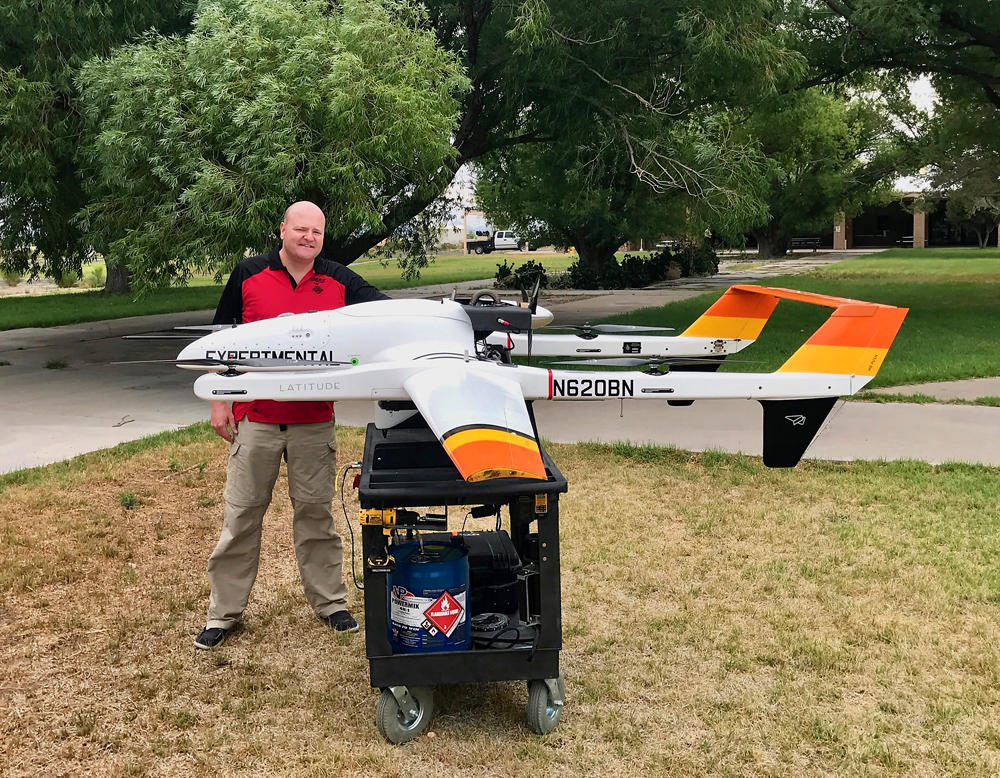
Pruning the landscape
The railroad currently uses approximately six types of drones and has trained more than 235 employees to be operators under the FAA’s Part 107 rule. That rule requires certification for commercial operation of UAVs of less than 55 pounds. BNSF’s early use of VLOS drones — and participation on numerous rulemaking and advisory committees — was influential in the creation of these rules. BNSF now maintains a core team of 12 commercial instrument-rated pilots that can operate the larger fixed-wing, 200-pound aircraft; they can only operate in the contiguous U.S.
BVLOS is not part of every flight. The aircraft involved in those operations require appropriate FAA waivers. For instance, BVLOS is used for BNSF’s inventory solution, a new process referred to as Drone in a Box technology. This is where on a routine, scheduled basis, a drone is launched at an intermodal facility to survey the rows of containers and storage spaces. The drones geolocate every space, noting whether it is occupied or not. The container number is then read and updated into BNSF’s inventory system. This provides accurate tracking of container locations and indicates where space is available as more containers arrive.
At a moment’s notice, a pilot certified for BVLOS operations can perform their preflights, prepare their operations, and launch an aircraft in California, Texas, or close to the Canadian border from roughly 1,800 miles away. Because of BNSF’s long-standing relationship with the FAA, the railroad has the most mature drone program among the Class I railroads.
Graetz confirms collaboration with other railroads is vital, regardless of their status as competitors, because they are all working towards the same goals. He says, “When you’re given the authorities that we’ve been given by the FAA, the written and expected expectation, of course, is that we will help others accomplish similar things … we spend time with our sister companies, collaborating with them on our safety efforts.” BNSF does a lot of education and outreach to give back and promote drone capabilities Graetz says.
Sky’s the limit
Each drone in a fleet of more than 200 must be geared to its use by the operator. BNSF’s police team must have the best state-of-the-art, thermal-capable aircraft because of night flying. The structures and telecom team will use an aircraft that has amazing obstacle avoidance to get close to bridges or to be able to avoid a guy wire of a tower.
According to Graetz, BNSF has also pioneered the use of some extremely large aircraft [up to 200 pounds] that fly hundreds of miles through their remote operation center in Fort Worth.
He says, “Railroad technology is certainly not limited to drones.” BNSF has always had a bias toward growth and technological advancement that supports employee safety and service consistency, he explains. “Teams across our network are focused on several projects that will present some exciting possibilities for our customers, our employees, and the industry.”
Since the inception of BNSF’s drone program, the railroad has gone through eight generations of UAVs — each a quantum leap past the previous generation in terms of safety, reliability, and convenience. “From the earliest ‘kit built’ drones to highly automated, remotely deployed drones, the future is bright for UAV innovation,” Graetz says.
For the future of drones, one thing is certain, BNSF will be focused on becoming an even better, safer railroad.
Look for the full feature in Trains upcoming special interest publication “Railroad Technology.”
Updated article on Aug. 13 to update a quote.
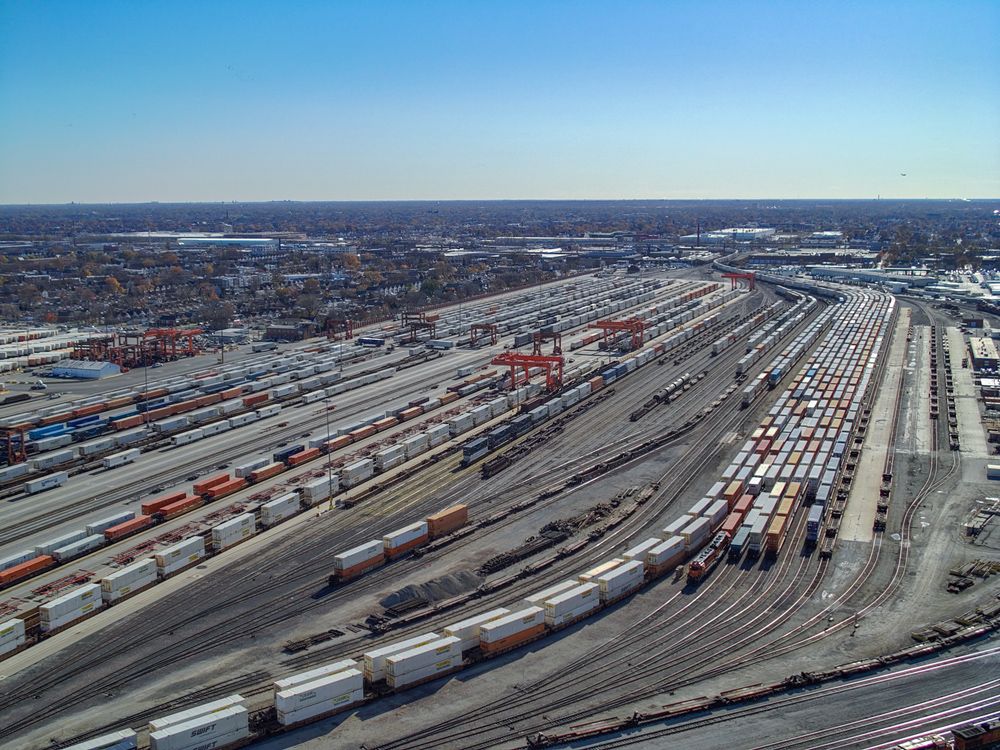






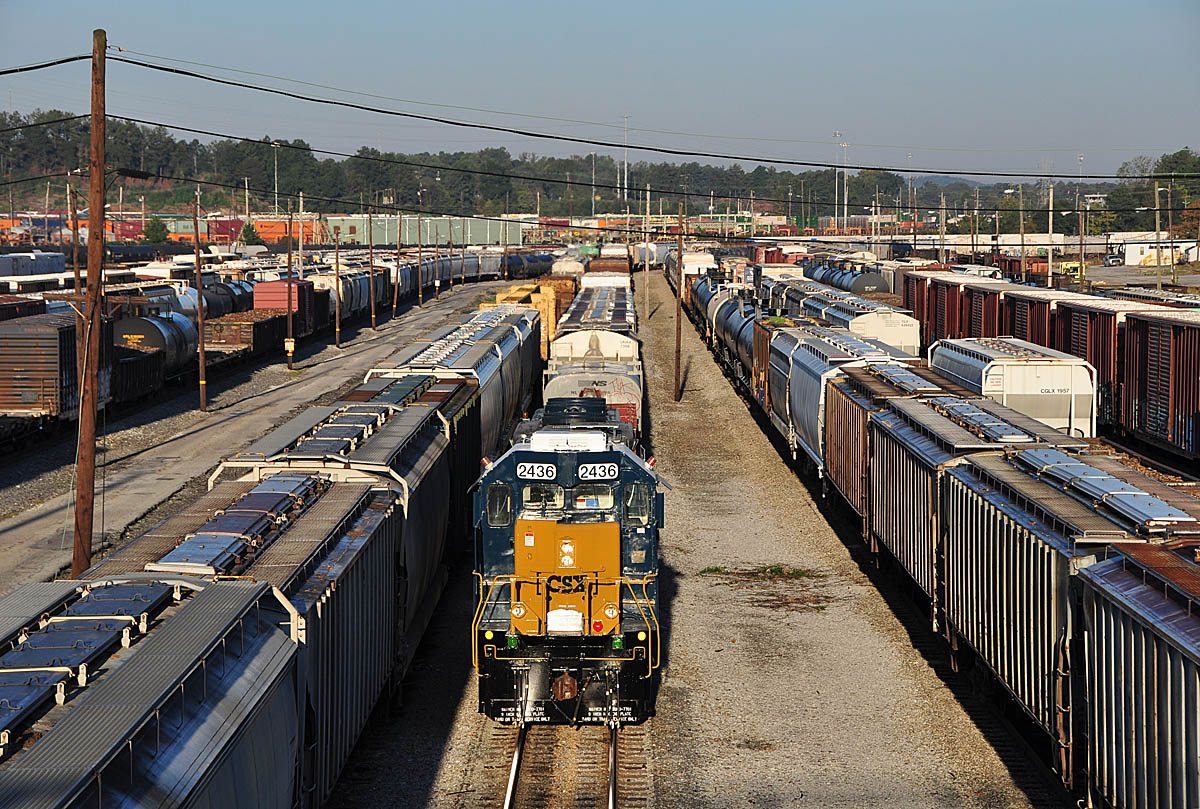
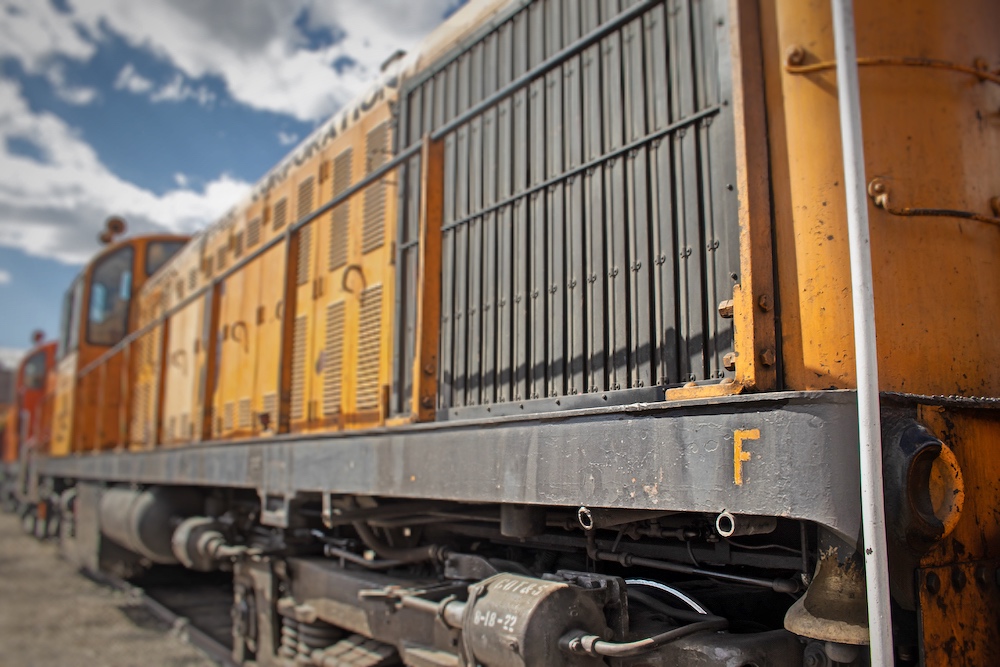
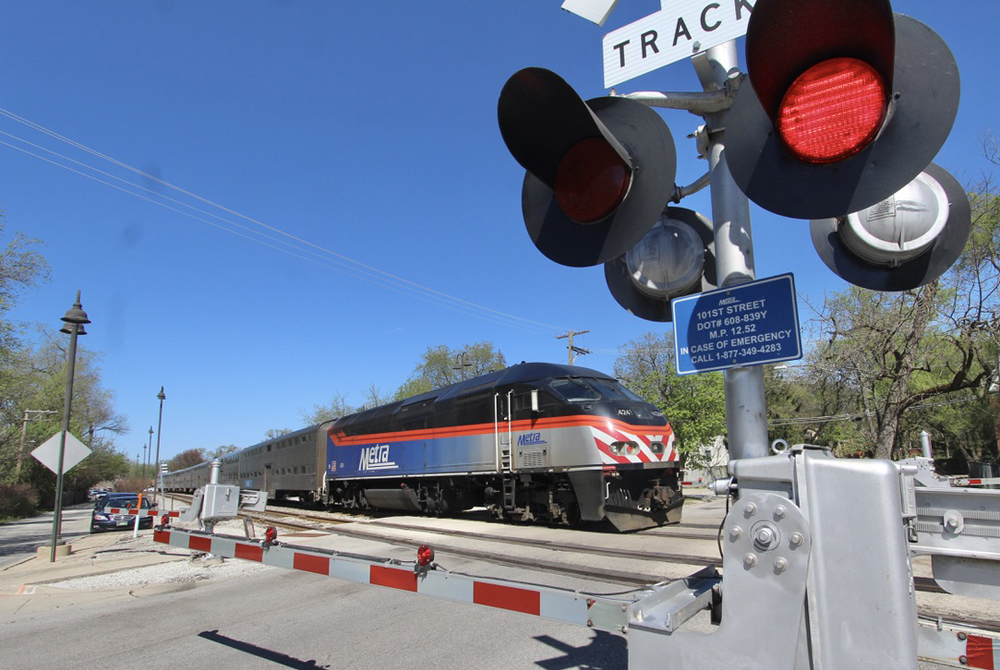




My railroad uses drones to observe employees and cut down the workforce in the field. The argument is that if you are doing your job correctly and safely there isn’t an issue however having been observed and watching newer employees being observed from above all it does is take your mind away from railroading which isn’t rocket science and creates an unsafe environment. It’s staggering and unbelievable unless you are on the ground what you have to communicate now verbally just to make a simple move such as a joint or build a train. This is a direct result of lawyers writing the rules to relieve the company from liability but when the railroad hired during the horrid fake pandemic it wasn’t based on qualifications but rather on filling spots with bodies that in turn caused accidents or put pressure onto experienced guys who’ve had to babysit in turn making mistakes. The railroad today is a horrible place to work but when you are more than halfway into retirement what choices are there.
What concerns me about this, is the elimination of what once were full time railroad jobs/ positions. This new technology single handedly replaces multiple inspectors. And golly, look at those savings that most certainly will add up and make the quarterly profit statement so impressive. No salaries, retirement, and health benefits. No trucks to purchase and maintain, truck insurance and taxes. Do not misunderstand me, a tremendous amount of jobs were no longer needed during the steam/diesel transition. I am just sad that the human element of railroading is being quickly phased out, with no regard to the consequences to those who want to have railroad employment.
>>> With artificial intelligence growing at breakneck speed
The drone work reported here is truly interesting. However, the article gives no insight into how AI plays any role whatsoever. What’s being reported is human operated flying platforms that can sense and report. Please let’s not overhype AI. It suffers way too much from that already!